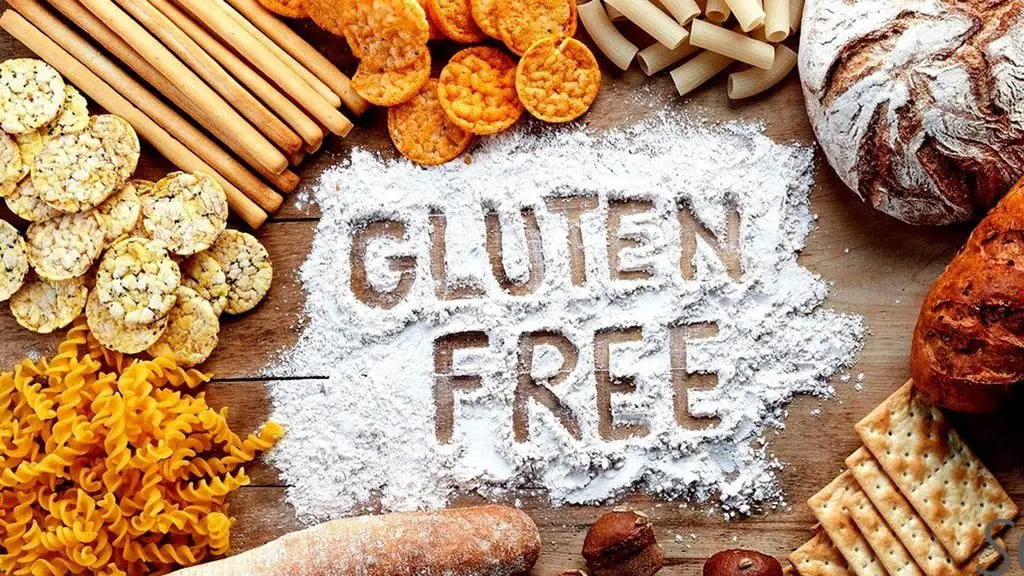Ever felt really bad right after eating a particular food? If it's starting to happen on a more regular basis, there’s a high chance that you’re allergic or naturally intolerant to one or more ingredients in your food. Gluten intolerance is among the most common intolerances, and it’s also known as celiac disease.
While the celiac disease has been around as a common ailment in humans for centuries, scientists are only now starting to make links between common symptoms and certain types of foods. Back in the day, you typically had to deal with it in silence if you had an intolerance for gluten, but now, we’ve fortunately done much deeper research into this matter, and know lots more about its diagnosis and treatment.
Simply put, gluten intolerance is a chronic reaction of the immune system, and is triggered from eating anything that contains gluten. If left unchecked and untreated, it can create long-lasting inflammation over time that can potentially damage the large intestine’s lining permanently. Moreover, it can also prevent the body from absorbing a wide range of essential nutrients, often leading to malnutrition.
The science behind the of behind gluten intolerance is still an area that requires more research to ascertain. It’s not fully understood why some people aren’t and are intolerant to gluten. However, we’ve at least grown to acknowledge that some people have a higher sensitivity to gluten than others, but this intolerance is more serious than that.
Gluten intolerance is an autoimmune disease that can potentially become life-threatening if ignored long-term. According to scientists, many people with a European background tend to have a gene that increases their chances of being gluten intolerant.
If you don’t know what gluten is, it’s a protein that’s found in barley, wheat, and rye. It’s used in dough to help it rise and get its shape to hold. Other uses of gluten include thickening broth-based dishes and soups. If you’re intolerant to gluten, you should avoid eating foods like bread, pasta, oats, cakes, crackers, biscuits, cereals, or any other pre-prepared ready or frozen meals with gluten listed as an ingredient.
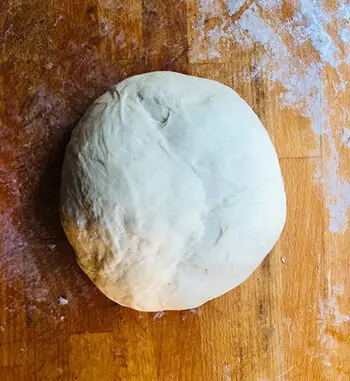
Symptoms of Gluten Intolerance
Before we look at the ways to treat gluten intolerance, it’s important to keep in mind that intolerance to gluten and being sensitive toward it are two different things. While people may experience fatigue, headaches, mood swings, or digestion issues as a result of gluten sensitivity, symptoms of gluten intolerance tend to be way more serious and intense. Over 300 varying symptoms of gluten intolerance can hit in different cases, but let’s look at the 8 more common ones.
1. Bloating
If you’re struggling with celiac disease, you’ll most likely have to deal with an unpleasant feeling of fullness or bloating upon eating gluten-based foods. This happens as a result of your body having trouble digesting these foods, causing inflammation in the digestive tract. Bloating is one of the most common symptoms of gluten intolerance, but it can also be a sign of many other digestive issues.
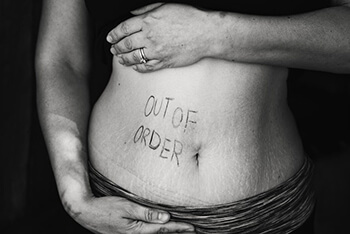
2. Gas
Passing gas often solves the bloating problem that comes with gluten intolerance for some people, but for others, being gassy is just another problematic symptom to put up with. There are many reasons why you may experience an increased gas build-up, including indigestion, constipation, or swallowing air while you eat and drink, but it can also be a sign of a more serious illness.
3. Diarrhea
Another of the most common symptoms of gluten intolerance is diarrhoea, and it occurs as a result of damage to your intestinal lining. Just like bloating, this symptom can also be a clear sign of gluten intolerance, but it can also be linked to a variety of other issues with your metabolism or digestion. Some other common causes can be lactose intolerance or IBS (irritable bowel syndrome).
4. Anaemia
According to numerous studies, celiac disease, when left untreated for too long, can lead to an even bigger problem, known as iron deficiency anaemia. Iron deficiency anaemia is one of the key gluten intolerance symptoms found in many adults.
The major cause behind this tends to be the impaired ability of the body to absorb iron from the food you eat. You’re most likely to experience this if you continue to eat gluten-based foods despite being intolerant to it. In the long term, this negligence leads to irreversible damage to the intestinal walls, resulting in a compromised ability to absorb sufficient iron from your diet, even when you take supplements.
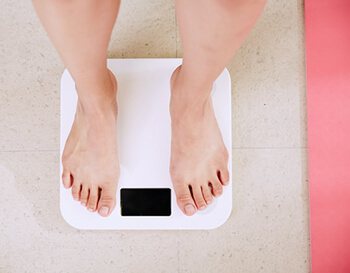
5. Weight loss
Celiac disease can also lead to weight loss that appears to be random and unexplained. The underlying cause is a hindered capacity of the body to absorb essential nutrients, potentially resulting in serious cases of weight loss and malnutrition. If you’ve dealt with gluten intolerance driven weight loss, you’ll find it easy to gain your weight back as soon as you follow a strict gluten-free diet plan.
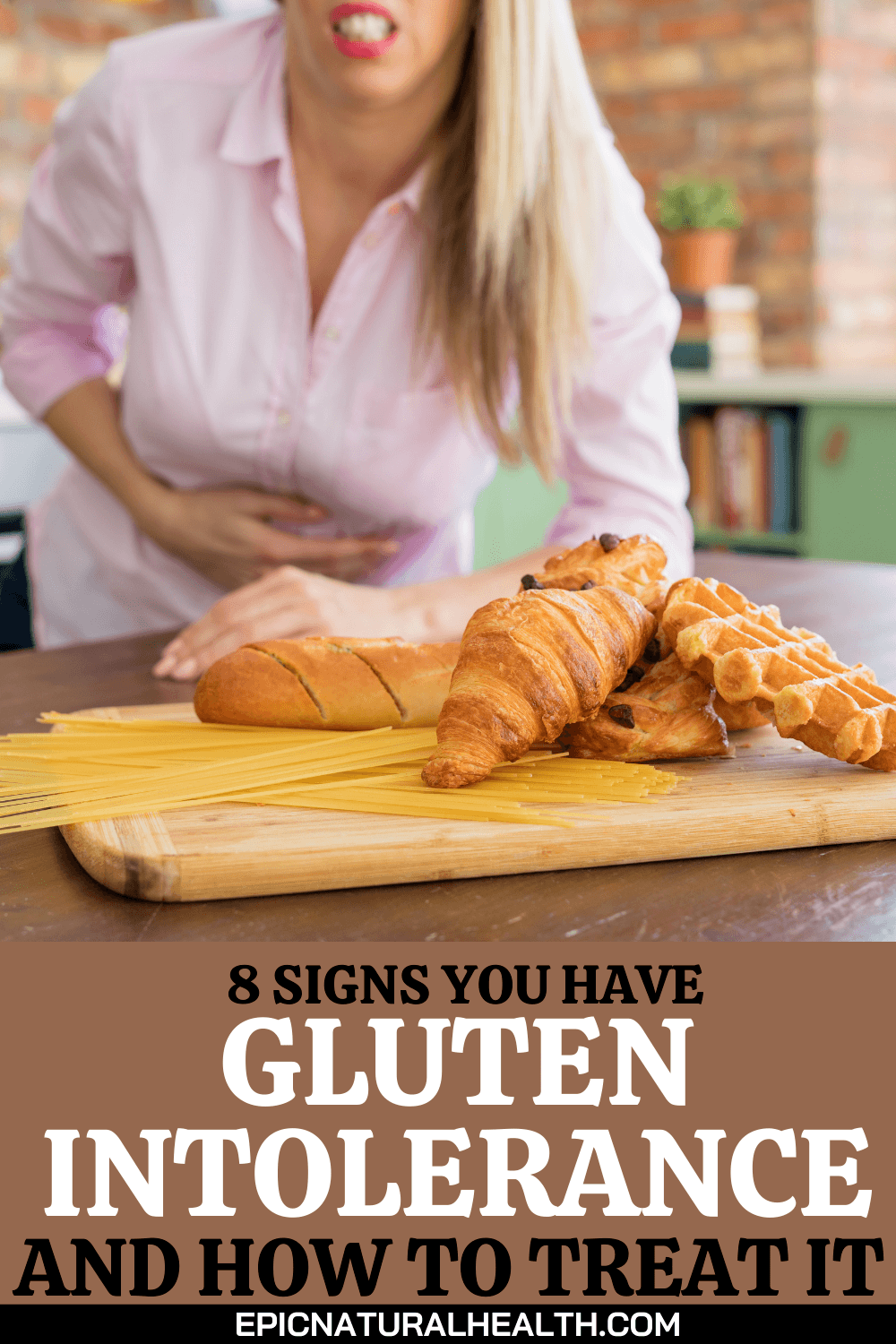
6. Depression or anxiety

According to research, there’s a potential link between the malabsorption of nutrients (due to gluten intolerance) and brain functions. Most substances find their way into the bloodstream through the gut as a result of damaged intestines. Some of these may be harmful to brain function, which places gluten intolerant people at a higher risk of developing mental health issues like anxiety or depression.
Another way celiac disease can impact your mental health is that upon diagnosis, you may be subjected to a sudden change in diet and eating habits, which can be upsetting in the short term.
7. Itchy rash
Some gluten intolerant people may experience itchy rashes right after eating gluten-based foods, which is known medically as Dermatitis Herpetiformis (DH). In celiac disease patients, DH occurs as a result of the abnormal autoimmune response to gluten consumption. This response triggers blisters to form, which generally remain for a few hours to several days on your skin as your body works on processing the gluten you’ve eaten.
8. Constipation
Gluten intolerance symptoms can largely vary in different cases and different people, and this symptom is an example of that. While some people experience diarrhoea as a symptom, others with a gluten intolerance will have to deal with constipation whenever they’re a bit too careless with their diet.
If the small intestine falters due to the gluten in your system, it can absorb the water from your stool, which makes bowel movement even trickier. Even sticking to a gluten-free diet can lead to constipation if your fibre intake reduces. To prevent this symptom, make sure you take a sufficient amount of fibre and drink lots of water!
- For Gluten-Heavy Foods: Contains enzymes that help break down gluten-heavy foods, like bread, pasta & grains*; Each serving can digest up to 30g protein and 56g carbs (many variables influence digestive results)*
- Extra-Strength Gluten Intolerance Enzymes: Includes DPP-IV, an enzyme that breaks down gluten; Reduces occasional gas & bloating and offers support against hidden gluten in foods*
- High-Potency Enzymes for Gluten & Casein: Efficiently breaks down meals containing both gluten (a protein in grains like wheat and barley) & casein (a protein in dairy); Also contains protease & amylase enzymes to digest your entire meal*
- Dosage: Just 1 capsule with each meal, but more if needed; Contains no gluten, milk, casein, soy, artificial colors or flavors; Vegan and kosher
- Gluten Relief Enzymes: Support digestion with these capsules, formulated to support gastrointestinal health by aiding your body in the breaking down of hard-to-digest gluten. Our proprietary blend of enzymes has been developed to aid in the digestion of gluten, ultimately supporting gluten metabolism and immune function.
- Multiple Benefits: Our proprietary blend of enzymes has been developed to aid in the digestion of gluten, ultimately supporting gluten metabolism and immune function. These enzymes may also help with occasional bloating, gas and discomfort that may be associated with digesting gluten.
- Advanced Enzyme Complex: Your body naturally produces a variety of digestive enzymes, and complimenting your body’s natural production with these enzymes may support your digestive wellness! Encapsulated in pine-based vegan capsules, you can easily incorporate these into your routine.
- Easy Efficient Absorption: Per Serving (1 Capsule): 280mg Proprietary Blend: Protease Blend; Amylase Blend; Glucoamylase; Cellulase; Hemicellulases; Beta-Glucanase; Xylanase; Pectinase; Phytase; Alpha-Galactosidase; Lactase; Lipase. Suggested Use: Adults take 1 capsule prior to each meal or as recommended by physician or healthcare professional. This product is not intended to treat celiac disease.
- 30 easy-to-use capsules to support gluten intolerance
- Helps digest gluten found in wheat and other grains
- Helps digest lactose found in dairy products
- Breaks down other hard-to-digest foods
- Nature's Way Gluten Defense helps digest wheat and dairy.* **
- With gluten and casein digestive enzymes.*
- Adults take 2 capsules with each meal
- Vegan. No dairy, gelatin, or artificial colors or flavors
How to Treat Gluten Intolerance
When you get diagnosed with gluten intolerance, many aspects of your lifestyle require significant changes. You’ll have to tune your diet to being entirely gluten-free, which often means saying no to almost all sorts of fast food. This is important if you want to eliminate your unpleasant symptoms and improve your quality of life.
You should try your best to take a positive approach toward these precautions. Rather than being upset about all the new limitations, see it as a chance to get creative with your dietary choices to transition towards a healthier way of living.
Here are some of the simplest steps you can take to address your gluten intolerance:
1. Eliminate gluten from your diet

The most effective way to take care of your gluten intolerance is to establish a strict diet plan that’s free from gluten. This means you’ll have to eliminate every possible gluten source from your diet. It’s generally a bit more expensive to follow a gluten-free diet, especially if you choose to go with packaged items in the gluten-free section of grocery stores. But you can also look to add foods in your daily diet that happen to be naturally gluten-free, such as vegetables, fruits, nuts, and meats — all of which are available at reasonable rates and can make for a large portion of your gluten-free recipes.
You’ll also need to be fully prepared to avoid a pretty extensive list of food items. This includes most of the fun stuff such as pasta, pies, pizza (this one hurts), cereals, biscuits, cakes, bread, certain sauces, some chocolate bars, and even meats of some particular kinds. If you’re unsure about what you can or cannot eat, it’s best to visit a doctor to get reliable guidance. Remember, also, that gluten-free versions of many of these foods are becoming more and more available nowadays.
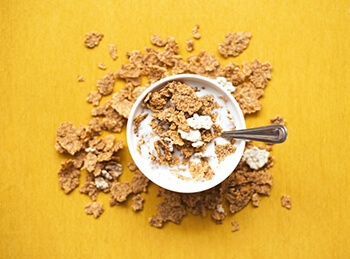
Such a huge flip in your dietary routine can be depressing, so remember that nothing is stopping you from saving money and making your own gluten-free variations of the foods you’ve given up due to your celiac disease. Now’s the time to get creative in the kitchen, and get some research done to be able to enjoy whatever you love without compromising your health.
You should focus on foods such as fruits, veggies, healthy meats, nuts, fish, dairy, and eggs. There are plenty of delicious meals you can make with these ingredients! Additionally, while you should do your best to avoid gluten, don’t be too hard on yourself if you make a mistake while you’re still in an adjustment period. Such slip-ups can easily occur, especially when you’re eating at a restaurant or stopping a friend’s place. It’s not always possible to find out what ingredients are used in every meal you eat, and cross-contamination can occur without your knowledge. Simply try your best to follow a gluten-free diet plan whenever you can, and call a doctor if you experience nasty symptoms.
2. Look out for non-food items that contain gluten
Surprisingly, gluten doesn’t only exist in the foods we eat. It can also find a way into your system through other non-food items such as medicines, toothpaste, or even makeup items.

If you’re diagnosed with celiac disease, make sure you check the ingredients listed on your prescription drugs, toothpaste, mouthwash, or cosmetic items such as lip balm and lipsticks that may be ingested. Wheatstarch is an ingredient to look out for in medications and dietary supplements as it’s used in making pill coating, so make sure it’s not in anything you use.
3. Eat more fibre
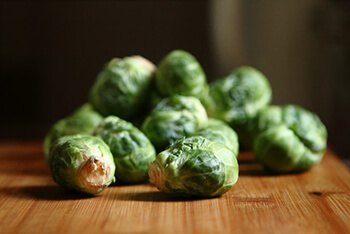
One of the biggest problems gluten intolerant people have to deal with when following a particular diet plan is the sudden drop in their day-to-day fibre intake, as many gluten-rich foods can be high in fibre. This drop leads to feeling bloated and constipated. There are many ways to secure your fibre intake through gluten-free foods.
Try to eat more veggies like carrots, broccoli, and brussels sprouts, along with fruits like pears, prunes, and apples. With a doctor’s recommendation, you can also consider taking fibre supplements if you’re adjusting your diet according to your gluten intolerance.
4. Watch out for hidden gluten
Being diagnosed with celiac disease often leads to surprises that make you say ‘Wait, even that has gluten in it?’. It’s even worse to discover that the hard way after you’ve already eaten the food. Before that happens to you, take note in advance: foods like gravies, stock cubes, soy sauce, chips, hot dogs, hot chocolate, blue cheese, and even items labelled ‘wheat free’ can contain gluten.
As soon as possible, you must become an expert at spotting key phrases or terms that indicate the presence of gluten on a product’s list of ingredients. Steer clear of any items that may have risks of getting you in trouble shortly after. Only stick to products that are marked ‘gluten free’ to be on the safe side.
Conclusion
The first thing you should do if you suspect that you may be sensitive or intolerant to gluten is to visit your doctor immediately. They can provide you with a diagnosis through tests, and advise you about the best practices going forward. They’ll also be able to help explain what’s wrong in case you’re not gluten intolerant, and let you know if you’re dealing with another allergy, illness, or intolerance.

The most important thing to remember, if you have celiac disease, is that it’s not all dark and gloomy. While it’ll require some major dietary sacrifices on your end, on the brighter side, it pushes you to become more creative and conscious about what you choose to eat. It keeps you away from unpleasant gluten reaction symptoms, and also encourages eating healthy food like fruits and vegetables. Fortunately, supermarkets and restaurants are only getting better in terms of inclusivity for people with intolerances to gluten, lactose, and so on.
More and more gluten-free options are being introduced regularly, thanks to the trend of gluten-free diets that many celebrities and influencers are taking on for health purposes. There’s a lot of potential for suppliers in the commercial industry to expand their profits by widening their range of gluten-free options to cater to a broader audience.

